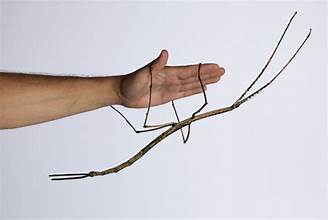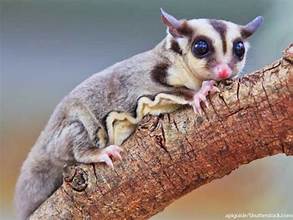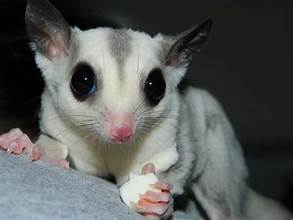A stick insect can be an exciting and educational pet for people of all ages, providing a unique opportunity to learn about these fascinating creatures.
Stick insects, also known as phasmids, are fascinating creatures and make unique and low-maintenance pets. Their intriguing appearance, twig-like bodies, and gentle nature make them a great addition to any household. However, before you bring one home, it’s essential to understand its specific needs and care requirements. This blog post will provide a comprehensive guide to help you prepare for your new stick insect companion.
Basic Needs

Stick insects can grow to various sizes depending on the species, so choosing an enclosure that can accommodate their potential growth is essential. A glass or mesh cage is ideal, and the size should be appropriate for your chosen species. Ensure the enclosure is tall enough to allow for molting and has a secure lid to prevent escapes.
- Substrate:
The bottom of the enclosure should be lined with a substrate that retains moisture, such as coconut fiber or paper towels. This will help maintain humidity levels.
- Temperature and Humidity:
Stick insects thrive in temperatures between 68-77°F (20- 25°C) and 60- 80% humidity. A hygrometer regularly monitors humidity and mist the enclosure to maintain proper moisture.
- Lighting:
Stick insects do not require special lighting. They should have a natural day-night cycle, so avoid placing the enclosure in direct sunlight.
Diet
Stick insects are herbivores that primarily feed on leaves. The type of leaves they eat depends on the species, but standard options include bramble, oak, and privet. Provide fresh leaves daily and remove any wilted or uneaten ones.
Handling
Stick insects are delicate creatures that should be handled with care. Avoid rough handling and always wash your hands before and after interacting with them. Letting them crawl onto your hand rather than picking them up is best.

Choosing Your Stick Insect
There are many different species of stick insects, each with unique characteristics. For instance, the Indian stick insect is known for its ease of care, the Giant stick insect for its impressive size, and the Australian walking stick for its unique appearance. Researching different species can help you find one that suits your lifestyle and preferences.
Additional Considerations
- Lifespan:
Stick insects typically live for 1-2 years, depending on the species.
- Socialization:
Stick insects are solitary creatures and do not require companions.
- Veterinary Care:
Stick insects generally do not require veterinary care, but monitoring them for signs of illness or injury is essential. These signs can include changes in behavior, loss of appetite, or physical abnormalities. If you notice any of these signs, it’s best to consult a veterinarian experienced in exotic pets.
Conclusion
Stick insects can make excellent pets for those willing to provide them with the proper care and attention. Understanding their basic needs and following the guidelines in this blog post is not just a task but a commitment to ensuring a happy and healthy life for your new stick insect companion.




